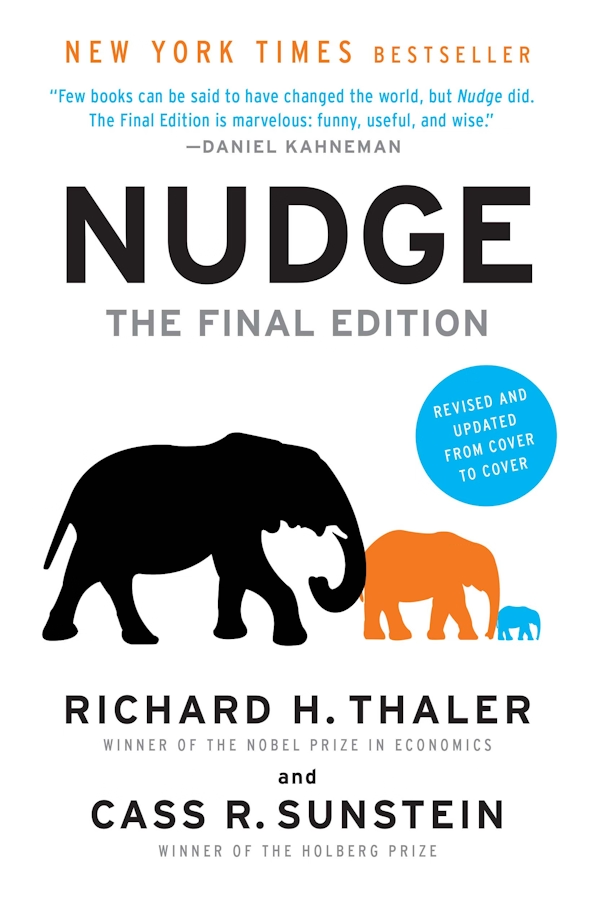Aging and Death: Notes on Reading A Matter of Death and Life
“The better you live your life, the less tragic death becomes for you.”
This book originated when Irvin Yalom’s wife of over seventy years, Marilyn, was diagnosed with multiple myeloma. They decided to co-author the book as a means to preserve their memories.
Initially, Yalom and Marilyn took turns writing the chapters. As the book progressed, Marilyn’s condition worsened, leading her to opt for palliative care. Yalom continued to document his journey of coping with his partner’s departure. The book captures their life journey, reflecting on the inescapable realities of aging and death that everyone faces.
Aging
In “Being Mortal,” it’s said, “The story of aging is the story of our organs heading towards failure.” With age, bone density decreases, blood vessels lose elasticity, and muscles, including the brain, atrophy. Although dietary and exercise adjustments can slow aging, we cannot artificially halt it. Even for professions like psychotherapy, seemingly unaffected by age, Yalom faced the constraints of aging. He realized his memory was failing when he forgot about a scheduled consultation, indicating he could no longer practice as a therapist.
Aging also impacts daily life, as documented in “Mothering Mother.” It describes how food is served differently in nursing homes based on residents’ abilities: whole food for some, purees for others, and mush for those with the most diminished capacities. The author observed her mother’s gradual transition from eating whole foods to mush, underscoring the decline in chewing and digestion abilities in the elderly.
Yalom and Marilyn also shared their decision to stay in their home rather than moving to a nursing facility with round-the-clock care. They didn’t want to leave the house they lived in for over 40 years, filled with memories and souvenirs from London, Paris, China, and their extensive book collection.
Ueno Chizuko discusses the possibility of letting the elderly pass away in the familiarity of their homes. She doesn’t see a home as just a “box” but a space filled with memories and experiences, an extension of our bodies where we can navigate even in the dark. Contrary to what some might think, for the elderly with cognitive impairments, staying at home can stabilize their condition more effectively than living in a nursing home.
For the elderly who wish to stay in their homes, necessary modifications are required. Marilyn mentioned adapting their staircase to accommodate her wheelchair. More importantly, a comprehensive care system, including home medical care and nursing insurance, is essential. This is yet another topic worthy of discussion.
Choosing Death
Marilyn wrote about the common experience in cancer treatment: continually trying different treatments, each with its side effects. The best outcome is tolerating the side effects and being cured; the worst is exhausting all options without success.
In “Patients Without Borders,” Shi Yonggang spent ten years shuttling between China and America for adrenal cortical carcinoma treatment. After undergoing surgeries, high-dose chemotherapy, immunotherapy, and radiotherapy, he endured side effects and complications before finally finding a treatment that worked, remaining in remission for three years after stopping medication.
For Marilyn, however, luck was not on her side. The side effects of chemotherapy were unbearable. The subsequent immunoglobulin therapy was ineffective and caused severe nausea and diarrhea. Marilyn feared not death itself but the process of dying. Realizing the pain that treatment brought, she felt the cost of staying alive was too high as she mentioned “I’m paying too great a cost to stay alive.”
Marilyn chose to discontinue treatment and enter palliative care. Under California law, with the agreement of two physicians, she could choose to end her life without enduring the potential suffering from treatment.
Facing Death
Many fear death because of unexperienced aspects of life. Yalom believes that death anxiety is linked to an unfulfilled life; the more unfulfilled you feel, the greater the anxiety about death. Conversely, the more fully you live your life, the less tragic death becomes (the more fully you live your life, the less tragic is your death).
Yalom and Marilyn described their life as fulfilling and brave, allowing Marilyn to face death without regret: “The death of an 87-year-old with no regrets is not a tragedy.” This resonates with Yalom’s words in “Staring at the Sun”: Guided confrontation with death, rather than suppressing fear, makes life more precious, profound, and vibrant. This approach to death guides life, focusing on alleviating the fear of death and recognizing and utilizing awakening experiences.
“Being Mortal” states, “How we spend our time may depend on how much time we perceive ourselves to have… When the ‘fragility of life’ becomes apparent, people’s daily goals and motivations can change dramatically.” Young people might not feel the urgency of time as acutely as the elderly and may not contemplate the end of life. As mentioned in “Die with Zero,” we experience numerous “mini-deaths” throughout life: phases like parenting a young child die off, such as when you realize your daughter no longer wants to watch the same animated movies with you. Recognizing the possibility of death can prompt life changes.
Even Yalom, deeply contemplative about death, felt the weight of his intimate partner’s passing, admitting, “I’m not ready to let you go.” Marilyn’s palliative care plan made Yalom realize he would lose her forever, along with a significant part of his past. Memories, like puppets, lose their vibrancy without the puppeteer. Yalom reminisced about his college friends, all of whom had passed away, and his realization that all his colleagues who joined Stanford with him fifty years ago were gone. These memories, now only in his mind, will also disappear with his death.
As Yalom quoted Milan Kundera under the theme of death and forgetting in “Staring at the Sun”: “The most fearful aspect of death is not losing the future but the past. In fact, forgetting is a form of death that pervades our entire lives.”
Departure
Having met at fifteen and been together ever since, except for a brief period of study, Yalom experienced living alone for the first time as an adult after Marilyn’s departure. No longer having someone to share all the joys of life is a profound loss. The author of “The Year of Magical Thinking” recounts the countless times she wanted to tell her late husband something, a habit that didn’t end with his death. What ended was the possibility of a response. Yalom also felt this solitude, longing to share interesting TV shows, community changes, household anecdotes, and work progress with his wife, constantly reminding himself of her absence.
Accompanying this are uncontrollable obsessions, heartbreaking grief, and depression. As a psychotherapist, Yalom was acutely aware of his state: feeling lonely, numb, and sluggish. He shared his reflections on these emotions and his attempts to reconnect: joining a widower’s group, continuing regular meetings with his therapist group, participating in faculty club activities, and playing chess with his children.
For most of my peers, the topic of “partner’s departure” may seem distant. More enlightening, perhaps, is the importance of building a network of relationships. Yalom mentioned that participating in social networks made his week less painful.
Ueno Chizuko, discussing home care for the elderly, brought up the support group K that helped Ms. Takeuchi, a single woman, in her final days: “Everyone would think Ms. Takeuchi was fortunate, right? This fortune was based on years of cultivated friendships and trust, mobilized when needed. Building such a network is not an overnight task. Your manner of death is determined by how you live. Instead of envying Ms. Takeuchi, we should strive to be ‘well-liked.’ Good relationships don’t fall from the sky.”
Just like aging and death, these are all long-term challenges in life.



